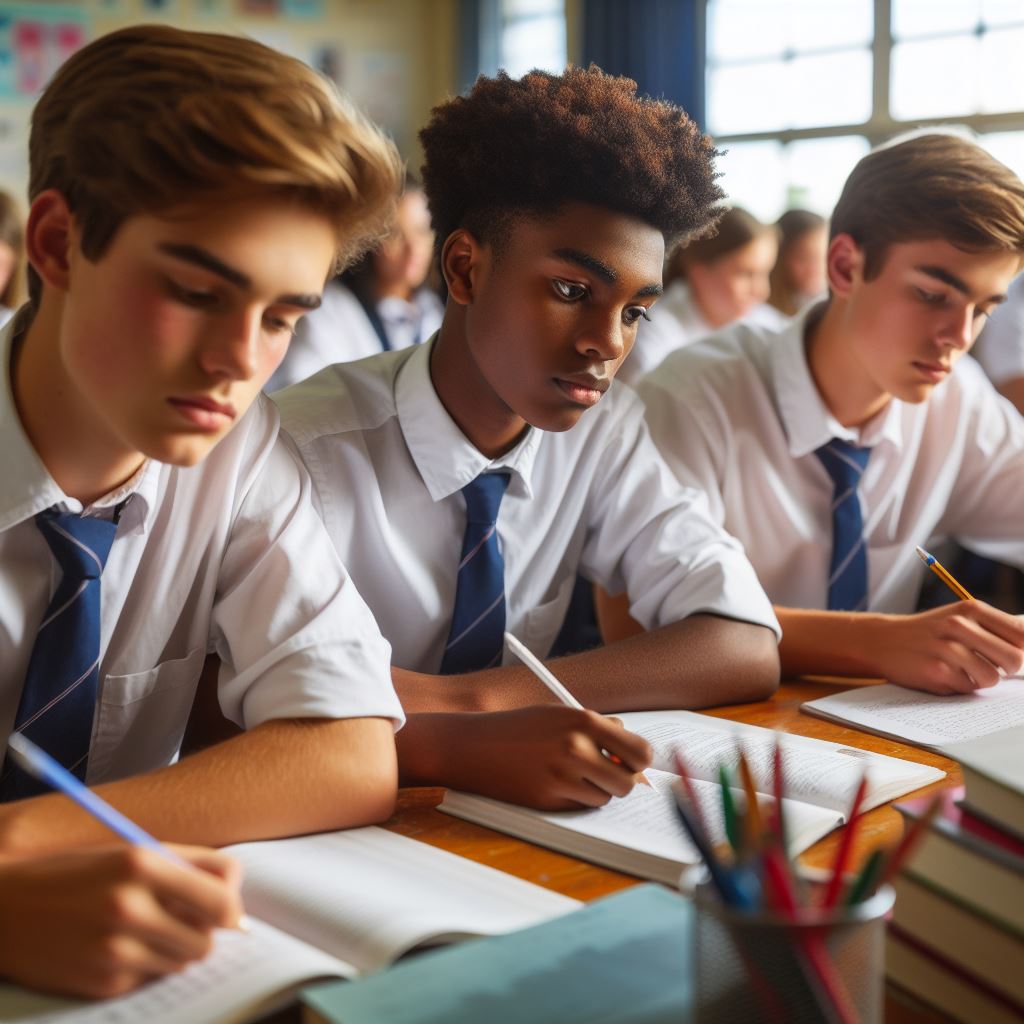Accessing higher education in South Africa is a significant challenge for many young people, despite the country’s commitment to providing equal opportunities for all. Various socioeconomic factors, systemic barriers, and structural inequalities contribute to the obstacles faced by young individuals seeking to further their education beyond secondary school. In this essay, we will discuss two challenges encountered by young people in accessing higher education in South Africa, examining the factors that contribute to these challenges and their implications for the future of education and social mobility in the country.

Financial Barriers
Tuition Fees and Financial Constraints
One of the most significant challenges faced by young people in accessing higher education in South Africa is financial barriers, particularly related to tuition fees and associated costs. While South Africa has made strides in expanding access to education through initiatives such as the National Student Financial Aid Scheme (NSFAS), many students still struggle to afford the high costs of tuition, accommodation, textbooks, and other expenses associated with attending university or college.
Facts in South Africa:
- According to data from Statistics South Africa, the average annual tuition fees for undergraduate programs at South African universities have increased significantly in recent years, outpacing inflation and placing a significant financial burden on students and their families.
- Research conducted by the South African Human Rights Commission (SAHRC) found that the cost of higher education in South Africa remains a significant barrier for many students, particularly those from low-income households or marginalized communities.
- The NSFAS, while providing financial assistance to many students, has faced challenges in disbursing funds timeously and effectively, leading to delays and uncertainties for applicants and beneficiaries.
Implications:
- Financial barriers to higher education perpetuate socioeconomic inequalities and limit opportunities for social mobility, particularly for students from disadvantaged backgrounds.
- Many talented and academically qualified young people are unable to pursue higher education due to financial constraints, leading to a loss of potential talent and innovation in various fields.
- The inability to access higher education perpetuates cycles of poverty and inequality, as individuals from low-income households are less likely to obtain the qualifications and skills needed to secure well-paying jobs and improve their economic prospects.
Systemic Inequities
Inadequate Preparatory Resources and Educational Opportunities
Another significant challenge faced by young people in accessing higher education in South Africa is systemic inequities in the education system, including inadequate preparatory resources and educational opportunities for learners from marginalized communities. Factors such as under-resourced schools, overcrowded classrooms, insufficient teaching materials, and limited access to quality education exacerbate disparities in academic preparedness and achievement among students.
Facts in South Africa:
- According to the Department of Basic Education, many schools in South Africa, particularly those located in rural or historically disadvantaged areas, lack basic infrastructure and resources such as libraries, laboratories, and computers, hindering students’ ability to excel academically and compete for admission to higher education institutions.
- Research conducted by the Centre for Development and Enterprise (CDE) found that learners from low-income households or under-resourced schools are less likely to perform well in national assessments and matriculation examinations, limiting their chances of gaining admission to universities or colleges.
- The legacy of apartheid-era inequalities continues to affect educational outcomes in South Africa, with disparities in access to quality education persisting along racial, socioeconomic, and geographical lines.
Implications:
- Systemic inequities in the education system perpetuate cycles of poverty and marginalization, as learners from disadvantaged backgrounds face barriers to academic achievement and upward mobility.
- Inadequate preparatory resources and educational opportunities limit young people’s ability to realize their full potential and pursue higher education, hindering their prospects for future success and socioeconomic advancement.
- Addressing systemic inequities in the education system is essential for promoting equal opportunities and ensuring that all young people in South Africa have access to quality education and the chance to pursue their academic and career aspirations.
Conclusion
In conclusion, accessing higher education in South Africa poses significant challenges for many young people, including financial barriers and systemic inequities in the education system. Addressing these challenges requires comprehensive reforms and interventions to make higher education more accessible, affordable, and inclusive for all. By tackling issues such as high tuition fees, inadequate preparatory resources, and disparities in educational opportunities, South Africa can create a more equitable and prosperous future for its youth, ensuring that every young person has the opportunity to fulfill their potential and contribute to the country’s development and success.
